Home>Articles>How Often Should You Paint Your Interior Walls
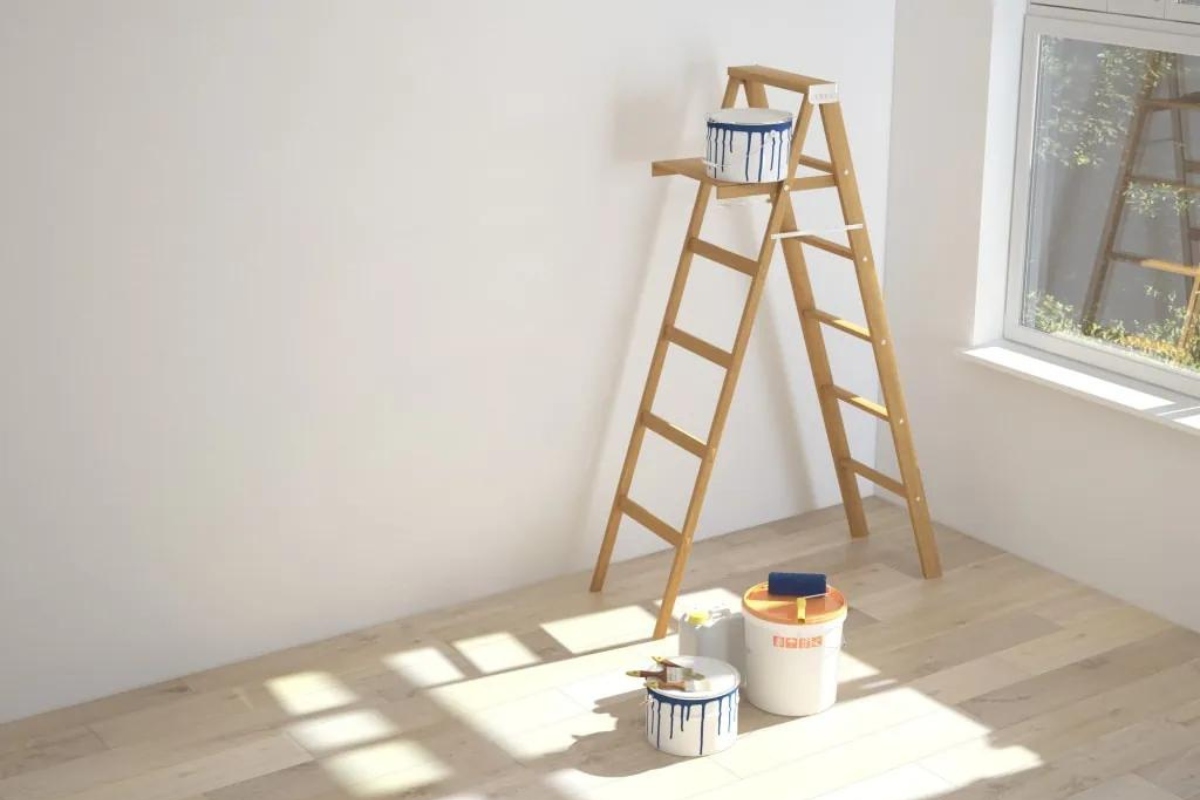

Articles
How Often Should You Paint Your Interior Walls
Modified: December 7, 2023
Discover the best articles on how often to paint your interior walls. Get expert tips and advice to ensure your walls always look fresh and new.
(Many of the links in this article redirect to a specific reviewed product. Your purchase of these products through affiliate links helps to generate commission for Storables.com, at no extra cost. Learn more)
Introduction
Painting the interior walls of your home can have a transformative effect on the overall aesthetic and ambiance. It can refresh the look of a room, complement your decor, and even boost your mood. But how often should you paint your interior walls to maintain their beauty and protect them from wear and tear?
While there is no one-size-fits-all answer to this question as it depends on various factors, including the type of surface, quality of previous paint job, amount of wear and tear, and color fading, understanding these factors can help you determine the ideal frequency for repainting your walls.
In this article, we will explore the different factors that affect the frequency of painting interior walls, signs that indicate it’s time for a fresh coat of paint, and recommendations for different areas of your home.
Key Takeaways:
- Regularly inspect your walls for signs of wear and tear, color fading, or damage to determine when it’s time to repaint and maintain beautiful, well-maintained spaces throughout your home.
- High-traffic areas like hallways and entryways may need repainting every 2-3 years, while living rooms and bedrooms can be repainted every 5-7 years. Bathrooms and kitchens, exposed to moisture, may require repainting every 3-4 years.
Factors Affecting the Frequency of Painting
Several factors come into play when determining how often you should paint your interior walls. These factors can affect the durability and appearance of the paint over time. Understanding these considerations will help you make informed decisions about when to schedule your next painting project.
Type of Surface: The type of surface you are painting on can impact the frequency of repainting. Different surfaces, such as drywall, plaster, or wood, may require different levels of maintenance and paint adherence. For example, drywall may be more prone to dents and cracks, requiring more frequent touch-ups or repainting.
Quality of Previous Paint Job: The quality of the previous paint job can significantly affect how long the paint lasts. A professional paint job using high-quality paint and proper techniques is likely to last longer compared to a DIY job or one done with low-quality materials. If you notice chipping, peeling, or fading paint, it may be a sign that the previous job was not done well and a fresh coat is needed.
Amount of Wear and Tear: The amount of wear and tear your walls endure can impact the frequency of repainting. Areas prone to heavy traffic, such as hallways, entryways, or children’s playrooms, may require more frequent painting. Constant contact, scratches, and scuff marks can take a toll on the paint, making it necessary to refresh the walls more often.
Color Fading: Over time, exposure to sunlight can cause colors to fade. This is especially true for rooms with large windows or areas with direct sunlight. If you notice a significant change in color or a dull appearance, it may be time to repaint to restore the vibrancy and freshness of the room.
By considering these factors, you can gain a better understanding of the unique needs of your interior walls and make an informed decision about when to schedule your next paint job. It is important to assess these factors regularly to ensure that your walls maintain a fresh and appealing look while also protecting them from further damage.
Type of Surface
The type of surface you are painting on plays a crucial role in determining how often you should repaint your interior walls. Different surfaces have different characteristics, which can impact the durability and longevity of the paint.
Drywall is one of the most common surfaces found in homes. It is a gypsum-based material that provides a smooth and flat finish. Drywall is relatively easy to paint, but it can be more susceptible to dents, dings, and cracks compared to other surfaces. Therefore, walls made of drywall may require more frequent touch-ups or repainting to maintain a smooth and flawless appearance.
Plaster walls, on the other hand, are made of a mixture of gypsum, sand, and water. Plaster walls are known for their durability and can withstand more wear and tear compared to drywall. They are less prone to cracks and dents and may not require painting as frequently as drywall walls. However, if you notice any signs of damage, it is essential to address them promptly to prevent further deterioration.
Wood surfaces, such as paneling or trim, can add warmth and character to a room. Painting wood surfaces not only enhances their visual appeal but also provides protection against moisture and damage. The frequency of repainting wood surfaces depends on the type of wood and the condition of the existing paint. High-quality wood with a robust paint job may require less frequent repainting, while softer or more porous woods may need more regular attention.
Additionally, consider the texture of the surface when determining the frequency of repainting. Smooth surfaces may show imperfections more easily, requiring more frequent touch-ups, whereas textured surfaces can help conceal minor flaws and may require less frequent repainting.
Before embarking on a painting project, it’s important to assess the type of surface you have and consider its specific needs. Understanding the unique characteristics of your walls will help you determine the proper maintenance and repaint schedule, ensuring that your interior surfaces remain beautiful and well-maintained for years to come.
Quality of Previous Paint Job
The quality of the previous paint job on your interior walls can have a significant impact on how often you need to repaint. A well-executed and high-quality paint job will not only enhance the overall appearance of your walls but also contribute to its longevity.
When it comes to painting, the preparation and application process are crucial. A professional paint job done by experienced painters will ensure that the paint adheres properly to the surface and provides a durable and long-lasting finish. On the other hand, a poorly executed paint job may result in issues such as chipping, peeling, or uneven coverage, which may require more frequent repainting.
Using high-quality paint is equally important in determining the longevity of your interior walls. Inferior quality paints may not have the same level of durability and may fade or lose their sheen more quickly. Investing in top-notch paints will not only result in a more aesthetically pleasing finish but also extend the lifespan of your paint job.
An additional consideration is the use of appropriate primers and sealers. The right primers can improve adhesion, prevent stains, and enhance the durability of the paint. Likewise, sealers can protect the paint from moisture, stains, and other external factors. A thorough and professional paint job that includes proper priming and sealing will contribute to a longer-lasting finish.
If you notice signs of wear and tear, such as peeling or flaking paint, it may be an indication that the previous paint job was of low quality or not properly done. In such cases, it is advisable to repaint your walls sooner rather than later. Leaving peeling or damaged paint unattended can lead to further deterioration and potentially compromise the integrity of the underlying wall surface.
Ultimately, the quality of the previous paint job will contribute to the overall durability and appearance of your interior walls. By investing in a professional paint job, using high-quality paints, and ensuring proper preparation and application, you can extend the lifespan between paint jobs and maintain beautifully painted walls.
Amount of Wear and Tear
The amount of wear and tear that your interior walls endure is a key factor in determining how often you should repaint them. The level of activity in a room and the frequency of physical contact with the walls can contribute to the deterioration of the paint over time.
High-traffic areas, such as hallways, entryways, and living rooms, are more prone to scuffs, scratches, and dents. These areas experience constant foot traffic, furniture movement, and other activities that can cause wear on the paint. If you notice a significant amount of damage or visible signs of wear in these areas, it may be time to repaint to restore the appearance and protection of the walls.
If you have young children or pets, you may find that your walls require more frequent repainting. Children often play close to the walls, leaving behind marks from toys or accidental scribbles. Pets can also contribute to wear and tear, especially if they scratch or rub against the walls. In these situations, it’s important to address any damage promptly to prevent it from worsening and to maintain the overall cleanliness and aesthetics of your space.
Another factor to consider is the type of paint finish you have chosen. Matte or flat finishes may be more prone to marking and scuffing compared to semi-gloss or high-gloss finishes, which are more resistant to wear. Choosing a paint finish that is appropriate for the level of activity in a given area can help extend the time between repainting.
If you frequently rearrange furniture or hang and remove artwork, it’s inevitable that your walls will experience some level of wear. Nicks and nail holes from hanging pictures or shelves can affect the appearance of the paint. Regular touch-ups or repainting may be necessary in these instances to ensure a seamless and blemish-free surface.
Regularly assessing the amount of wear and tear on your interior walls will help you determine when it’s time to repaint. By addressing minor issues promptly and maintaining the integrity of the paint, you can extend the lifespan of your walls and keep them looking fresh and appealing.
Read more: How Often Should You Paint A Stucco House
Color Fading
Over time, exposure to sunlight can cause colors to fade on your interior walls. This is a natural process known as color fading, which can gradually alter the appearance of the paint and the overall ambiance of the room. Understanding color fading and its impact can help you determine when it’s time to repaint.
The extent of color fading depends on several factors, including the intensity and duration of sunlight exposure. Rooms with large windows or those that receive direct sunlight for extended periods are more susceptible to color fading. UVA and UVB rays from the sun can break down the pigments in the paint, causing colors to lose their vibrancy and fade over time.
Lighter colors are generally more prone to fading compared to darker colors. Whites, pastels, and other light shades tend to show signs of fading more quickly, while deep and saturated colors may maintain their richness for a longer period. If the color on your walls appears dull or washed-out, it may be a sign that fading has occurred.
In addition to sunlight, other factors can contribute to color fading. Artificial lighting, especially certain types of bulbs, can emit UV rays that accelerate the fading process. Smoke, airborne pollutants, and even cleaning agents with harsh chemicals can also affect the longevity of the paint color.
To minimize color fading and prolong the vibrancy of your interior walls, consider the following tips:
- Avoid using lower-quality paints that are more susceptible to fading.
- Choose paints specifically designed to resist fading, such as those labeled as “fade-resistant” or “UV-resistant.”
- Install window treatments, such as blinds or curtains, to limit direct exposure to sunlight.
- Consider using UV-filtering window films to reduce the amount of UV rays entering the room.
- Regularly clean the walls with gentle cleaning products to remove dust and pollutants that can contribute to color fading.
- Repaint walls that show significant signs of fading or have lost their original color intensity.
By being mindful of color fading and taking proactive measures, you can help preserve the vibrant colors on your interior walls for a longer period. Regular maintenance and occasional repainting will ensure that your walls remain visually appealing and create a welcoming atmosphere in your home.
Signs That Your Walls Need Repainting
Knowing when to repaint your interior walls is important to maintain their beauty and protect them from further damage. While there is no specific timeline for repainting as it depends on various factors, there are several signs that indicate it’s time to give your walls a fresh coat of paint.
Visible Damage: One of the most obvious signs that your walls need repainting is visible damage. This includes chipping, cracking, or peeling paint, as well as holes or other forms of damage. These issues not only detract from the appearance of the room but can also lead to further deterioration if left unattended.
Stains and Discoloration: Stains and discoloration on the walls can be unsightly and difficult to remove. This is especially true for areas that are exposed to moisture, such as bathrooms or kitchens. If stains cannot be effectively cleaned or if the walls have become discolored over time, it may be necessary to repaint to restore a fresh and clean appearance.
Fading and Dullness: Over time, paint colors may fade or lose their vibrancy due to exposure to sunlight, smoke, or other factors. If you notice a significant change in the color intensity or a general dullness, it may be a sign that your walls need repainting to restore their original beauty and liven up the room.
Worn-out or Outdated Color: Sometimes, the need for repainting is simply a matter of personal preference or keeping up with current design trends. If the existing paint color looks worn-out, outdated, or no longer complements your decor, it may be time for a change. Repainting with a new color can instantly refresh the look and feel of the room.
Mold and Mildew Growth: If you notice mold or mildew growth on your walls, it’s essential to address the issue promptly. Mold and mildew not only pose health risks but can also damage the paint. Repainting the affected areas after resolving the underlying moisture issue is necessary to prevent further growth and restore a healthy environment.
Difficulties in Cleaning: If your walls have become difficult to clean or if stains and marks cannot be removed effectively, it may be an indication that the paint no longer provides a smooth and washable surface. Repainting will not only improve the cleanliness of the walls but also make future maintenance easier.
By paying attention to these signs, you can determine when it’s time to repaint your interior walls. Regular maintenance and prompt action will ensure that your walls remain in excellent condition, enhance the aesthetic appeal of your space, and create a welcoming environment in your home.
It is generally recommended to repaint your interior walls every 5-7 years to maintain a fresh and clean look. However, high-traffic areas may require more frequent touch-ups.
Frequency Recommendations for Different Areas
The frequency at which you should repaint different areas of your home can vary based on their level of use, exposure to moisture, and the specific needs of each space. Here are some general recommendations for repainting different areas:
High-Traffic Areas: Areas that experience heavy foot traffic, such as hallways, entryways, and staircases, are more prone to scuffs, scratches, and wear. These areas may require repainting every 2-3 years or as needed to keep them looking fresh and well-maintained.
Living Rooms and Bedrooms: Living rooms and bedrooms typically have less wear and tear compared to high-traffic areas. Repainting every 5-7 years or when signs of damage, fading, or color change are evident is recommended. However, if you enjoy changing the look and feel of these rooms more frequently, you can consider repainting more often to reflect your evolving style.
Bathrooms and Kitchens: Bathrooms and kitchens are exposed to elevated levels of moisture, steam, and humidity, which can affect the durability and appearance of the paint. Repainting these areas every 3-4 years or as needed is recommended to prevent peeling, chipping, and the growth of mold or mildew.
Children’s Rooms and Playrooms: Children’s rooms and playrooms often require more frequent repainting due to the higher likelihood of accidental markings, doodles, and rough play. Repainting these areas every 2-3 years or as needed will help keep the walls clean, bright, and free from visible damage.
Ceilings: While ceilings typically experience less wear and tear compared to walls, they can still benefit from periodic repainting to refresh their appearance. Aim to repaint ceilings every 5-7 years, or when you notice stains, discoloration, or signs of water damage.
Keep in mind that these are general recommendations, and the actual frequency of repainting may vary based on specific factors unique to your home, such as the quality of the previous paint job, the type of surface, and the amount of wear and tear experienced. Regularly inspecting your walls and addressing any issues promptly will help you maintain well-painted and visually appealing areas throughout your home.
High-Traffic Areas
High-traffic areas in your home, such as hallways, entryways, and staircases, are subjected to frequent foot traffic, which can lead to wear and tear on the walls. These areas require special attention when it comes to repainting to keep them looking fresh and well-maintained.
Due to the constant movement of people and the potential for accidental bumps or scrapes, high-traffic areas are more prone to scuffs, scratches, and marks. Over time, these imperfections can accumulate and make the walls appear worn and damaged. Repainting these areas at regular intervals can help restore their original beauty and protect them from further degradation.
The frequency of repainting high-traffic areas can vary depending on the level of use and the quality of the previous paint job. As a general guideline, plan to repaint these areas every 2-3 years or as needed. However, if you notice significant wear, visible damage, or if the paint is looking dull and faded before that timeframe, it’s a good idea to repaint sooner.
When repainting high-traffic areas, there are a few factors to consider to ensure a long-lasting and durable finish. First, it’s important to choose a paint that is specifically formulated to withstand heavy use and offer excellent durability. Look for options labeled as “scrub-resistant” or “high-traffic paint” as these are designed to stand up to frequent touching and cleaning.
Proper surface preparation is crucial for achieving a smooth and flawless paint job. Clean the walls thoroughly, removing any dirt, dust, or grease that may have accumulated. Repair any dents, cracks, or holes on the surface before applying the new coat of paint. A well-prepared surface will help the paint adhere better and result in a more professional-looking finish.
Remember to consider the type of paint finish as well. Choosing a paint with a satin or semi-gloss finish can be beneficial for high-traffic areas as it offers better durability and is easier to clean compared to flat or matte finishes. The slight sheen of these finishes can also help mask minor imperfections.
Regularly inspecting high-traffic areas for signs of wear and tear and addressing them promptly will help keep your home looking pristine. Whether it’s repainting entire sections or performing touch-ups as needed, investing in the maintenance of your high-traffic areas will keep them looking fresh and ensure the longevity of your paint job.
Read more: How Often Should You Clean Your Rugs
Living Rooms and Bedrooms
Living rooms and bedrooms are essential spaces in your home where you relax, entertain guests, and spend quality time. While these areas typically experience less wear and tear compared to high-traffic areas, they still require occasional repainting to maintain their visual appeal and create a cozy atmosphere.
The frequency of repainting living rooms and bedrooms depends on several factors, including the quality of the previous paint job, the amount of natural light in the room, and personal preference. As a general guideline, plan to repaint these areas every 5-7 years or as needed.
One key factor to consider in living rooms and bedrooms is the color fading that can occur over time, especially if the walls are exposed to direct sunlight. Lighter colors may show signs of fading more quickly, while darker, more saturated tones tend to hold their vibrancy longer. If you notice a significant color change or a general dullness, it may be a sign that it’s time to repaint to restore the original beauty of the room.
Another factor to consider is personal preference and evolving design trends. If you’re looking to update the look and feel of your living room or bedroom, repainting with a new color can instantly transform the space and breathe new life into the room. Whether you prefer bold and vibrant colors or calming and neutral tones, repainting provides an opportunity to express your personal style and create the desired ambiance.
When repainting living rooms and bedrooms, it’s important to prepare the surfaces properly. Thoroughly clean the walls to remove dust and build-up, and repair any visible damage, such as cracks or holes, before applying the new coat of paint. By ensuring a smooth and clean surface, you can achieve a professional-looking finish and enhance the overall appearance of the room.
Consider the type of paint finish as well. Matte or eggshell finishes are popular choices for living rooms and bedrooms as they offer a subtle sheen and a smooth appearance. These finishes are easy to clean and maintain, making them suitable for areas where you spend a significant amount of time.
Ultimately, the frequency of repainting living rooms and bedrooms depends on your personal preferences and the condition of the walls. Regularly inspecting the surfaces for signs of wear, fading, or damage will help you determine when it’s time to repaint and revive the beauty of these important spaces in your home.
Bathrooms and Kitchens
Bathrooms and kitchens are rooms in your home that are exposed to high levels of moisture, humidity, and varying temperatures. These factors can take a toll on the paint, making regular repainting essential to maintain a fresh and clean appearance in these areas.
Due to the increased moisture and humidity, bathrooms and kitchens are more susceptible to issues such as peeling, chipping, and the growth of mold or mildew. To prevent these problems and keep these spaces looking their best, it is recommended to repaint bathrooms and kitchens every 3-4 years or as needed.
When repainting bathrooms and kitchens, it’s important to select paints that are specifically designed for high-moisture environments. Look for paints labeled as “bathroom paint,” “kitchen paint,” or “moisture-resistant paint.” These paints are formulated with additives that make them more resistant to moisture, stains, and mildew growth.
Surface preparation is crucial in bathrooms and kitchens, especially in areas prone to moisture exposure. Thoroughly clean the surfaces to remove any soap scum, grease, or other residues that may have accumulated. Repair any cracks, gaps, or water damage before applying the new coat of paint. Proper preparation will ensure a smooth and long-lasting finish that can withstand the humid conditions these rooms experience.
Consider using paint with a semi-gloss or satin finish for bathrooms and kitchens. These finishes not only provide a smooth and easy-to-clean surface but also offer additional moisture resistance. Semi-gloss and satin finishes are more resistant to stains and are better equipped to handle scrubbing and cleaning without damaging the paint.
In bathrooms, pay attention to areas around showers, tubs, and sinks, as these areas are more prone to water splashes and steam. Apply high-quality caulk around seams and gaps to create a water-tight barrier and protect the integrity of the paint.
Regular maintenance is also important for bathrooms and kitchens. Wipe down the walls regularly to prevent the build-up of moisture and dirt. Address any signs of mold or mildew promptly by cleaning the affected areas and ensuring proper ventilation in the room.
Repainting bathrooms and kitchens not only ensures a clean and sanitary environment but also gives you the opportunity to update the style and look of these rooms. Whether you prefer a serene spa-like atmosphere or a vibrant and lively kitchen, repainting can transform these spaces and make them more enjoyable and functional.
By following these recommendations and staying proactive with regular repainting, you can maintain beautiful and hygienic bathrooms and kitchens that serve as the heart of your home.
Tips for Maintaining Painted Walls
Maintaining your painted walls is essential to preserve their beauty and ensure their longevity. By following some simple tips, you can keep your walls looking fresh and well-maintained for years to come. Here are some useful tips for maintaining painted walls:
1. Regular Cleaning: Dust and dirt can accumulate on painted walls over time, compromising their appearance. Regularly dust your walls using a soft cloth or a duster to remove any loose particles. For more thorough cleaning, use a mild detergent solution and a soft sponge or cloth to gently wipe the walls. Avoid harsh cleaning agents or abrasive scrubbing that can damage the paint.
2. Prompt Stain Removal: Accidental spills or stains can occur on painted walls. It’s important to address them promptly to prevent permanent staining. Blot the stain gently with a clean cloth or sponge, starting from the outer edges and working toward the center. Avoid rubbing the stain, as it may spread and damage the paint. For stubborn stains, use a gentle cleaning agent that is appropriate for the type of paint and test it on a small inconspicuous area before applying it to the stain.
3. Avoid Excessive Moisture: Excessive moisture can be detrimental to painted walls, causing paint to peel, fade, or develop mold or mildew. Ensure proper ventilation in rooms with high moisture levels, such as bathrooms and kitchens, to prevent the build-up of humidity. Use exhaust fans or open windows to allow moisture to escape. If water damage occurs, address it immediately by repairing leaks or addressing the source of moisture before repainting the affected area.
4. Protect Walls from Furniture: Avoid scratching or damaging painted walls with furniture. Place felt pads or furniture protectors on the legs of chairs, tables, and other furniture items to prevent them from scratching or marking the walls when moved or bumped into.
5. Touch-Ups and Repairs: Regularly inspect your walls for any signs of damage or imperfections. Address small scratches, dents, or chips promptly to prevent further damage and maintain a flawless appearance. Keep a small amount of touch-up paint from the original paint job to use for minor repairs.
6. Avoid Direct Sunlight: Prolonged exposure to direct sunlight can cause colors to fade. If possible, use curtains, blinds, or window films to protect your walls from excessive sunlight. Consider using window treatments that have UV-filtering properties to minimize color fading.
7. Keep Cleaning Tools Soft and Gentle: When cleaning or removing stains from painted walls, use soft cloths, sponges, or non-abrasive materials. Rough or abrasive materials can scratch the paint surface and lead to permanent damage.
8. Regular Inspection: Make it a habit to inspect your painted walls regularly. Look for any signs of wear and tear, color fading, or other damage. By addressing issues early on, you can prevent them from worsening and avoid the need for extensive repainting.
By following these tips, you can maintain the beauty and integrity of your painted walls. Regular cleaning, prompt stain removal, and preventive measures will help keep your walls looking fresh, vibrant, and well-maintained for years to come.
Conclusion
Painting your interior walls not only enhances the aesthetic appeal of your home but also plays a crucial role in protecting them from wear and tear. Determining the frequency of repainting depends on various factors such as the type of surface, quality of the previous paint job, amount of wear and tear, color fading, and personal preference.
Understanding these factors and paying attention to signs that indicate your walls need repainting will help you maintain beautiful and well-maintained spaces throughout your home. High-traffic areas require more frequent repainting as they experience more wear and tear from constant use. Living rooms and bedrooms can be repainted every 5-7 years or as needed, while bathrooms and kitchens may need repainting every 3-4 years due to the increased moisture and humidity in these areas.
Regular maintenance, such as cleaning and prompt stain removal, is essential for preserving the appearance of your painted walls. Protecting the walls from excessive moisture, being mindful of direct sunlight, and using gentle cleaning tools are also crucial in maintaining the integrity of the paint. Regular inspections and addressing minor repairs in a timely manner will prevent further damage and extend the lifespan of your paint job.
In conclusion, painting your interior walls requires careful consideration of various factors, including the type of surface, wear and tear, color fading, and the specific needs of each area within your home. By understanding these factors and following maintenance tips, you can ensure that your painted walls remain vibrant, well-maintained, and a source of pride for your home for years to come.
Frequently Asked Questions about How Often Should You Paint Your Interior Walls
Was this page helpful?
At Storables.com, we guarantee accurate and reliable information. Our content, validated by Expert Board Contributors, is crafted following stringent Editorial Policies. We're committed to providing you with well-researched, expert-backed insights for all your informational needs.
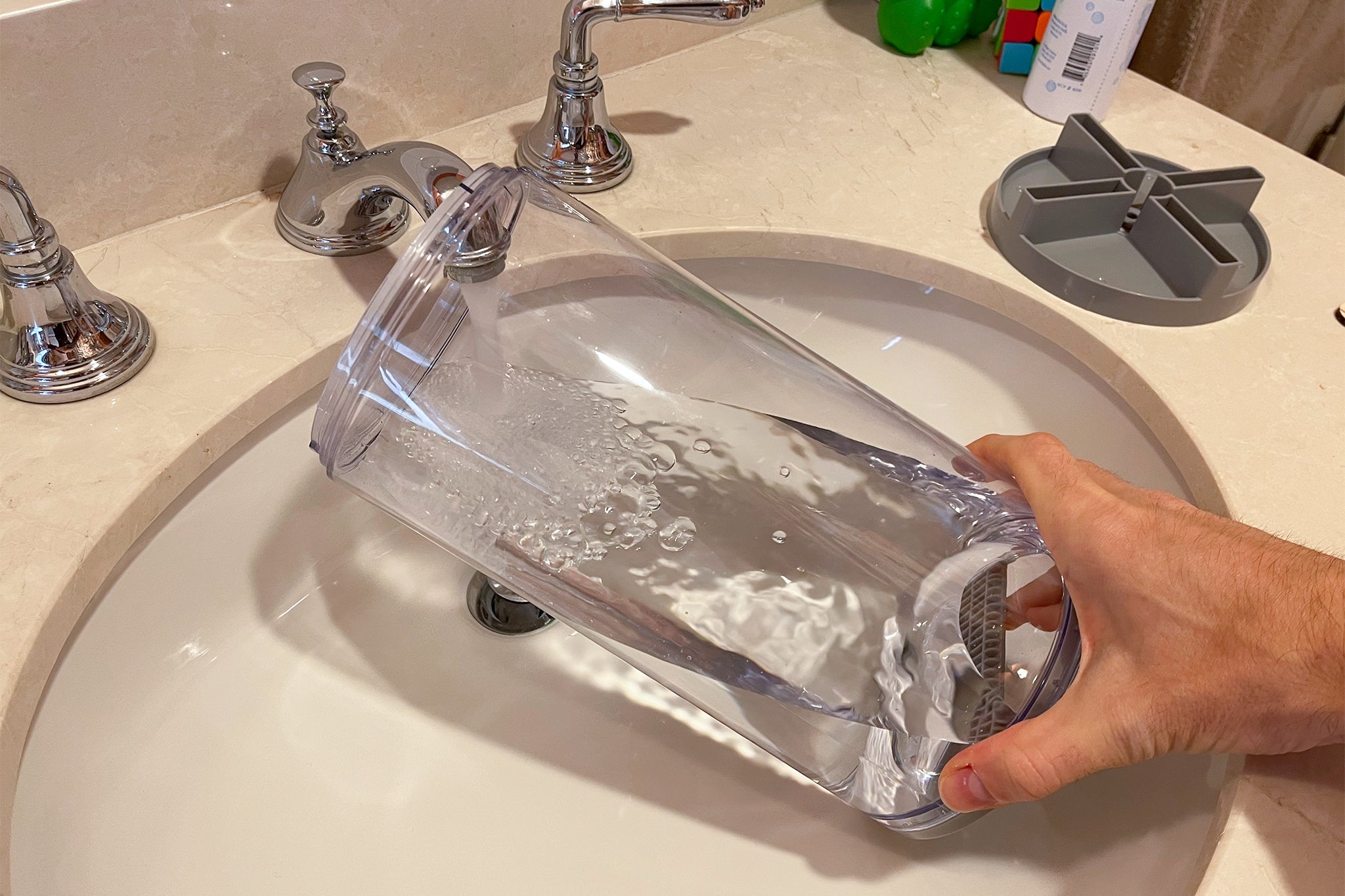
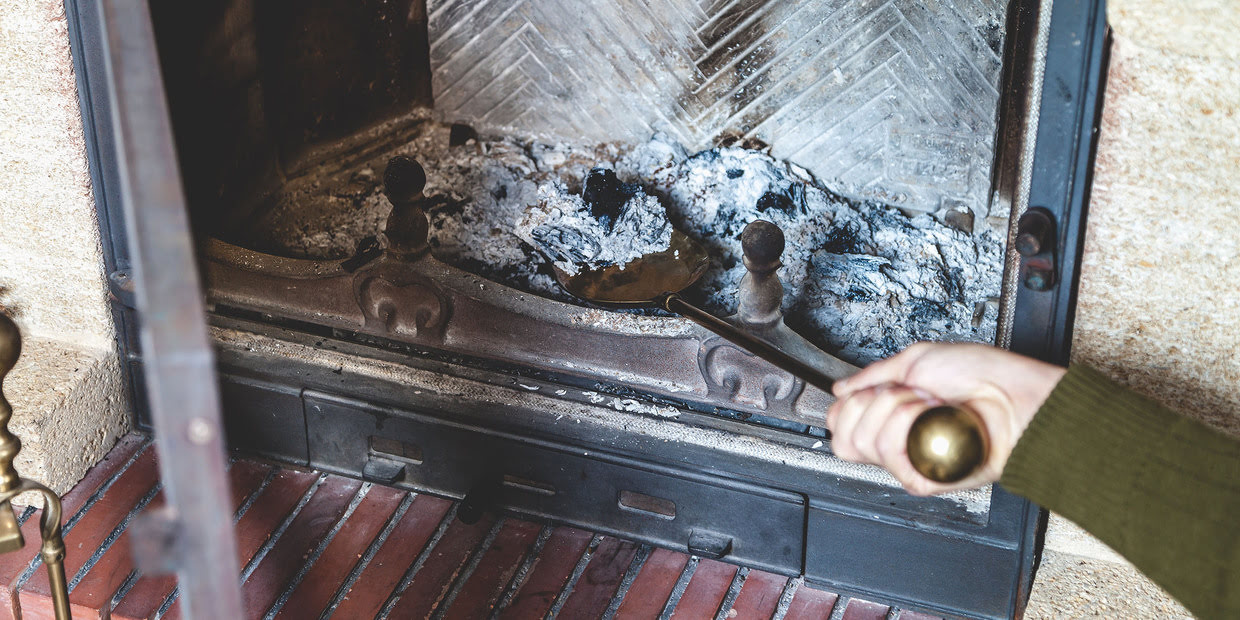
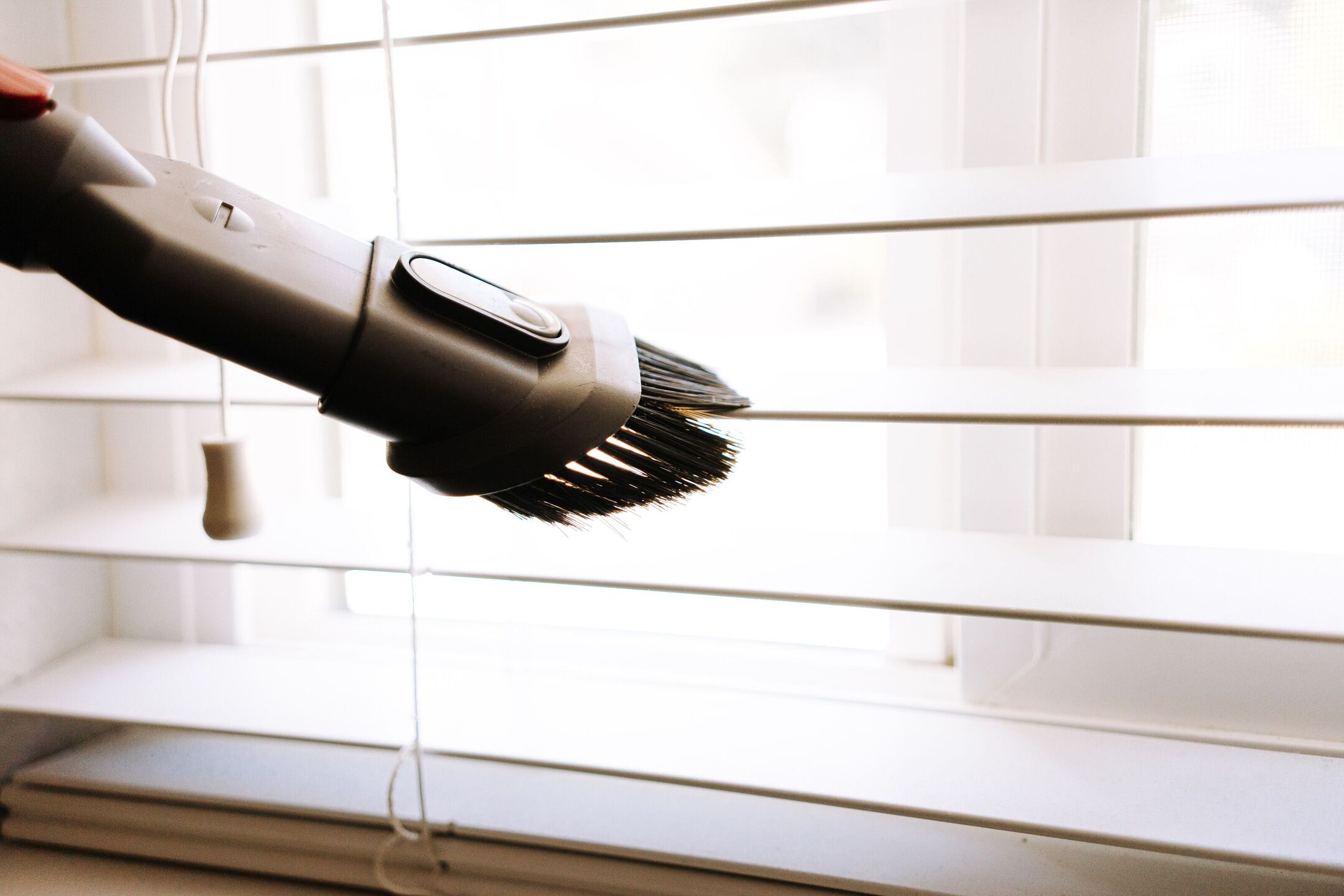
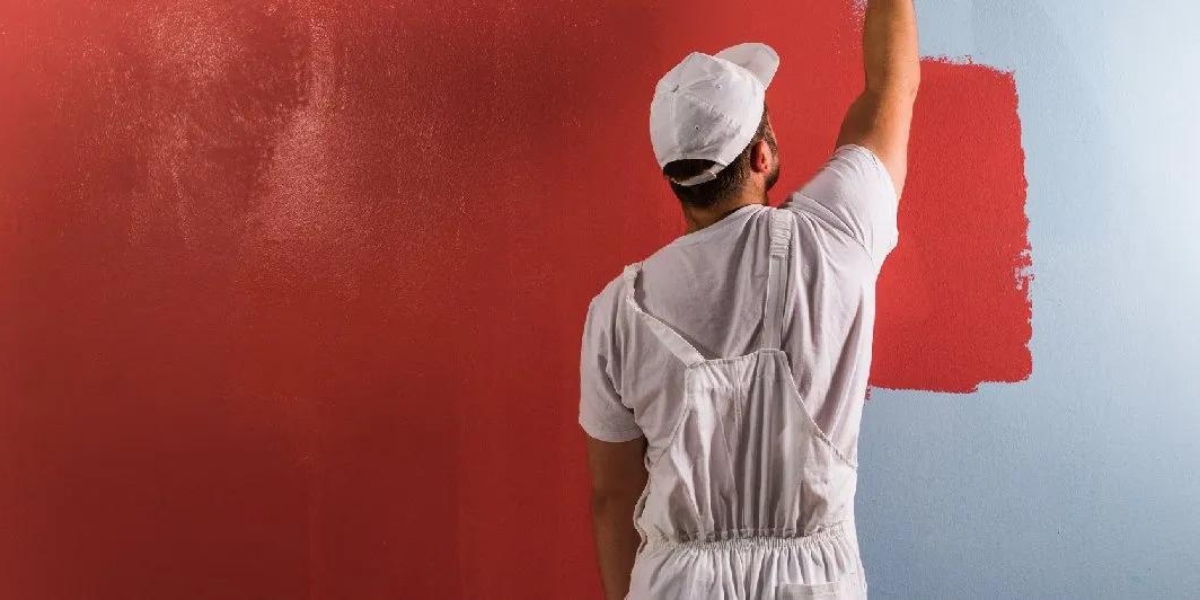
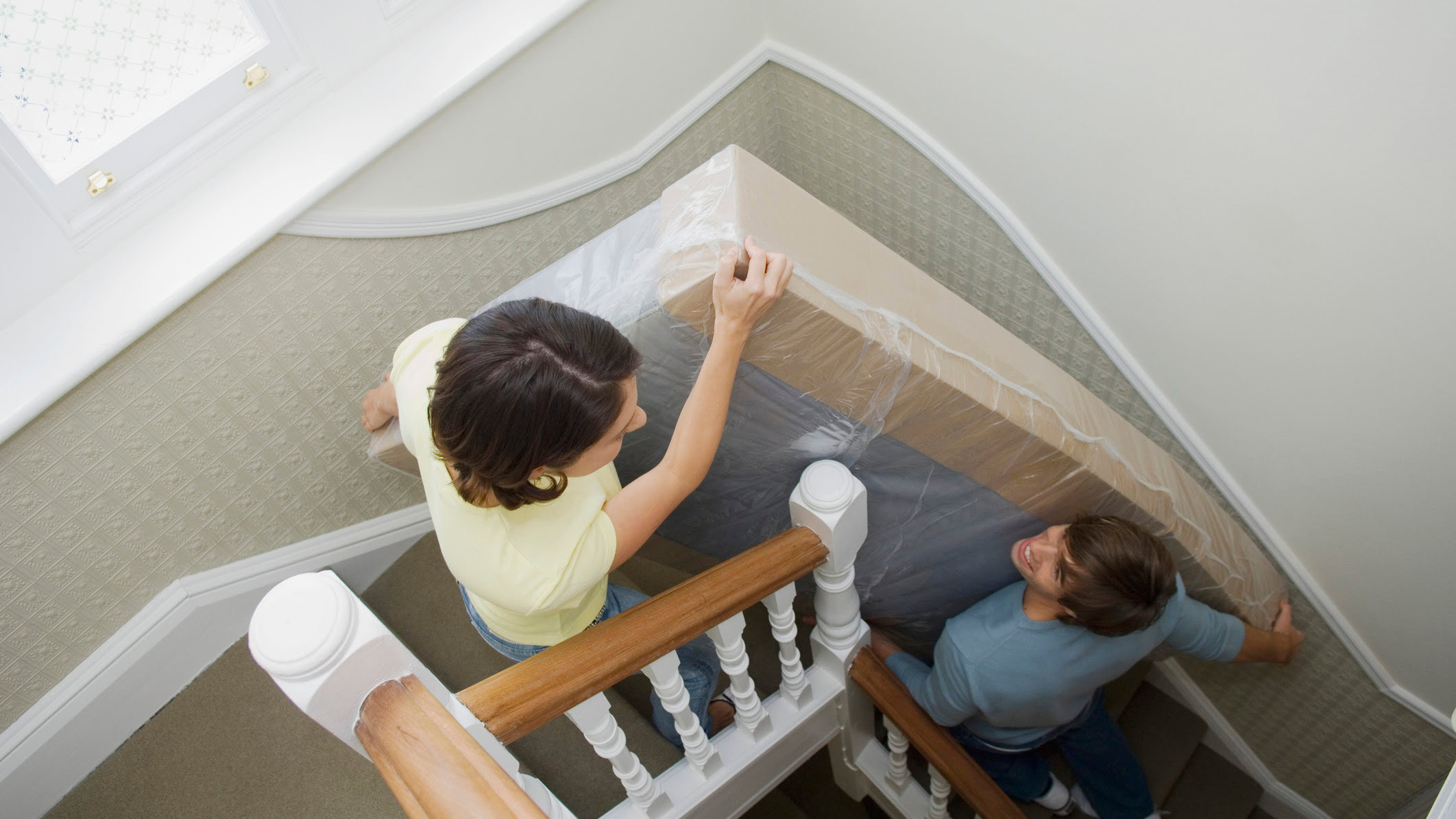
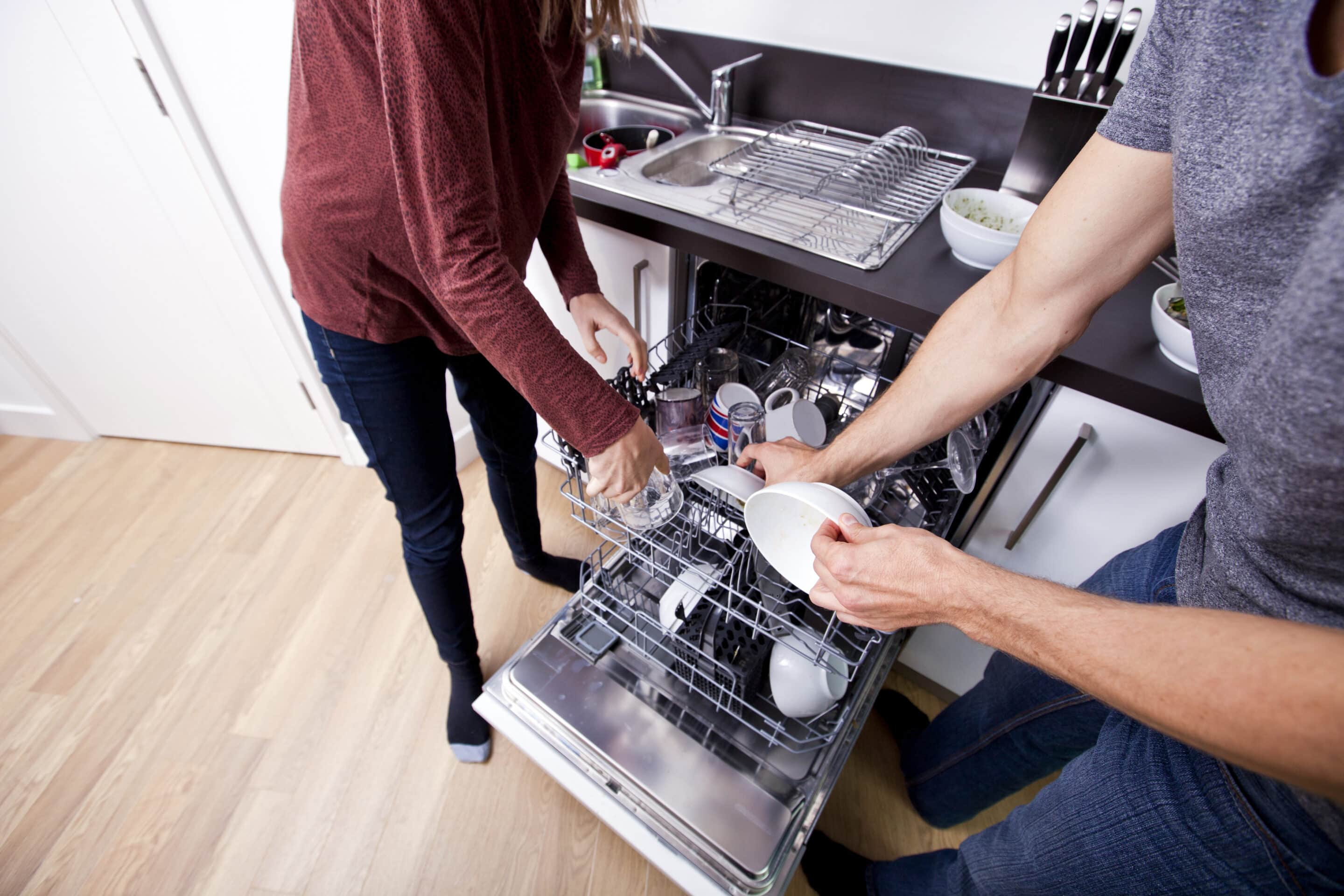
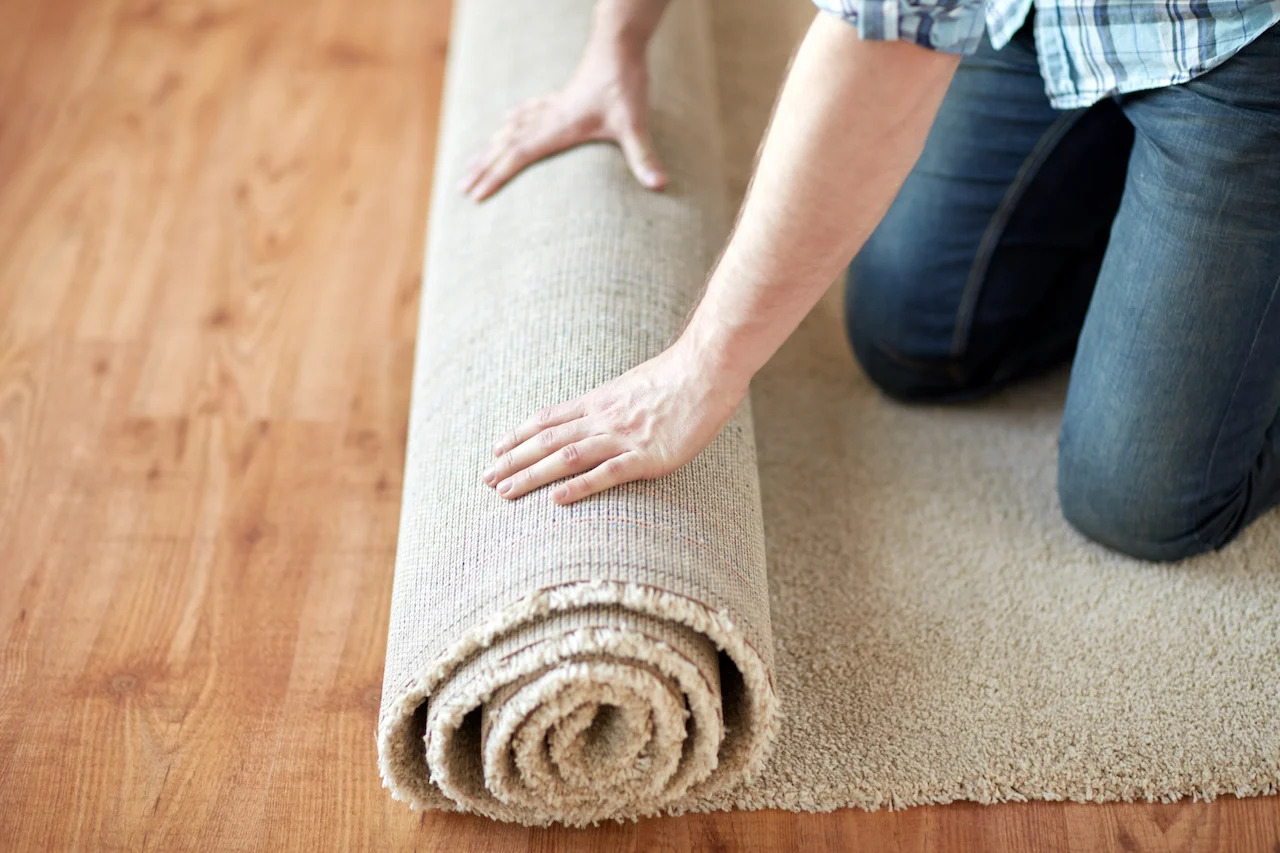
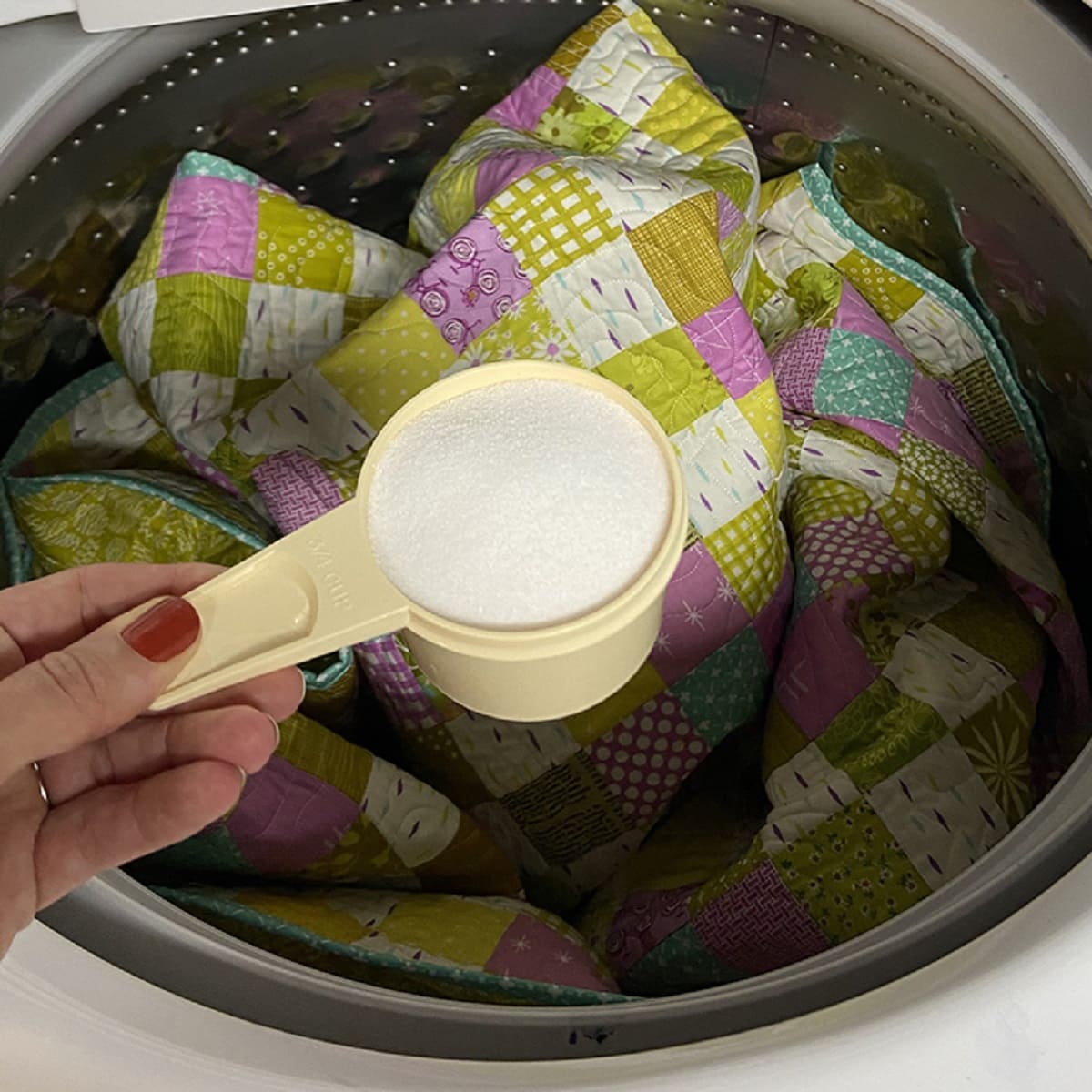
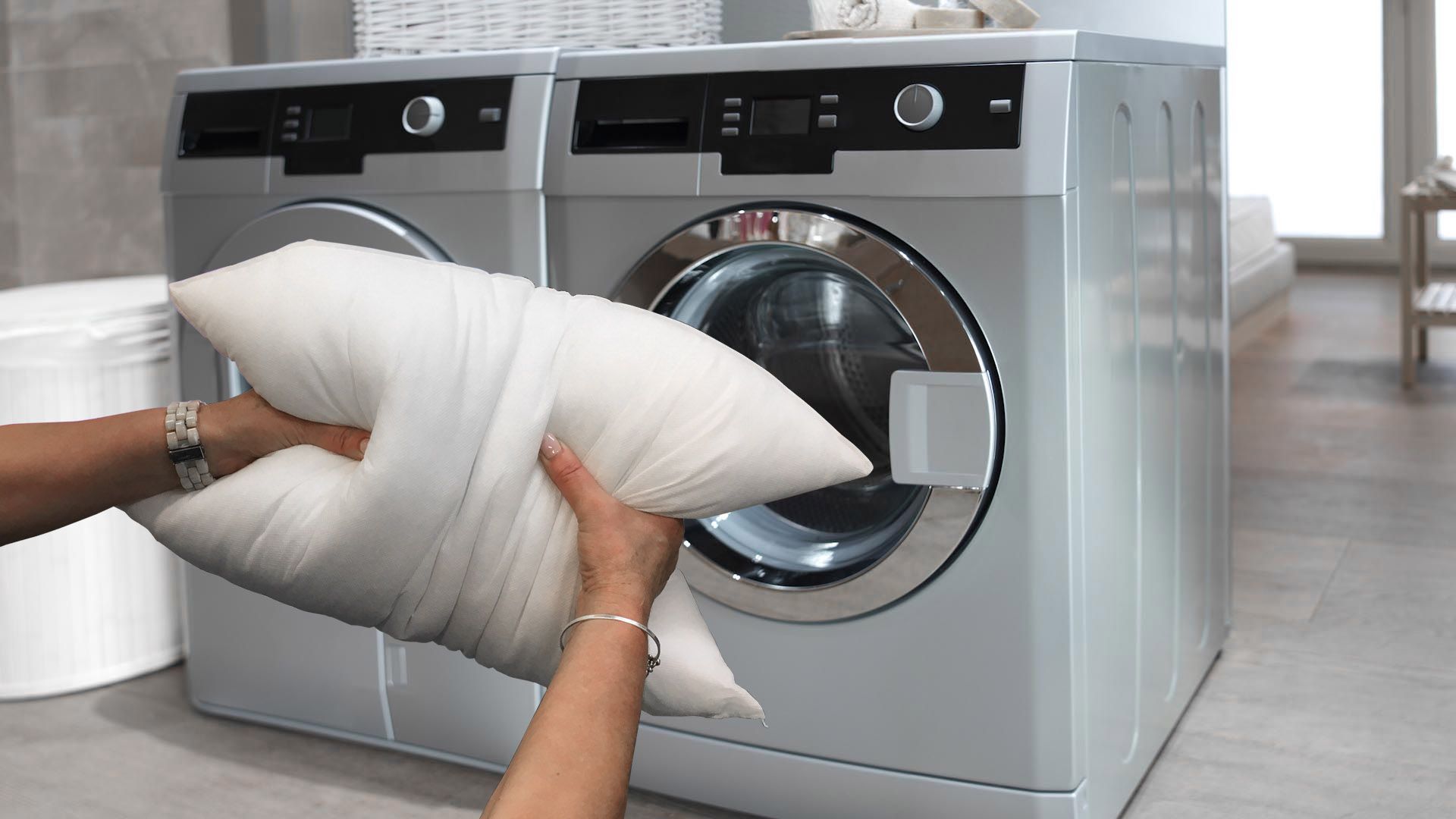
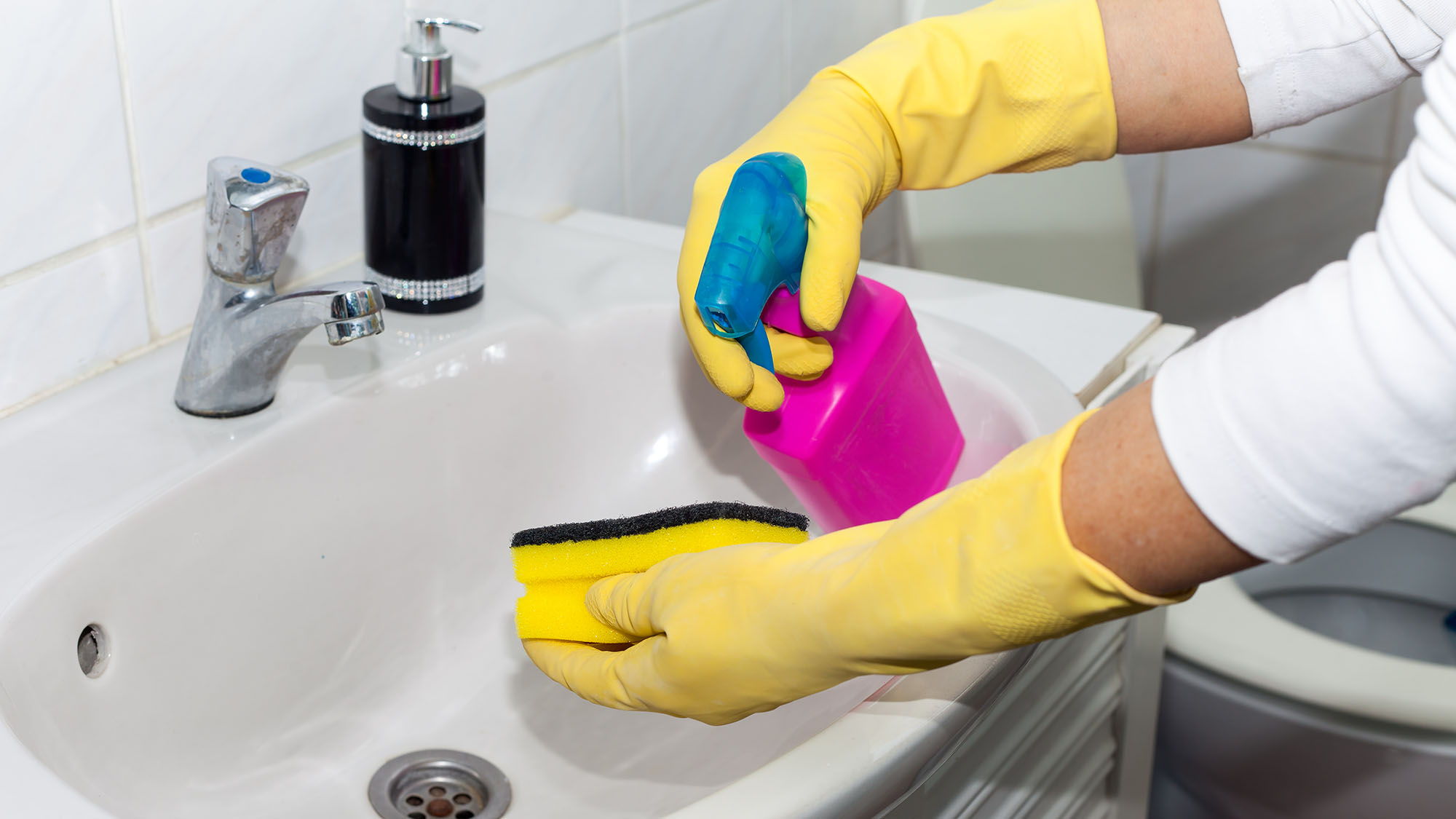
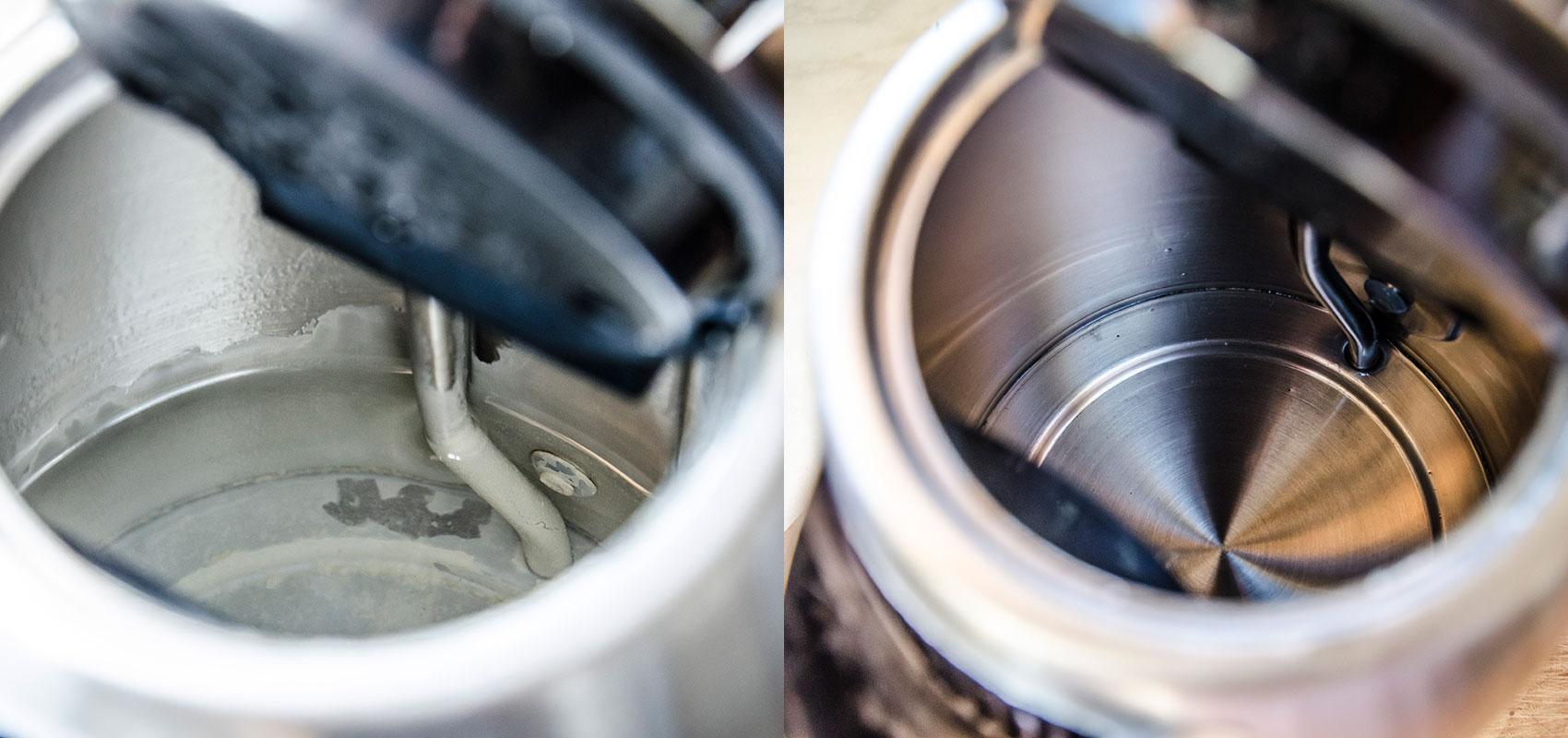
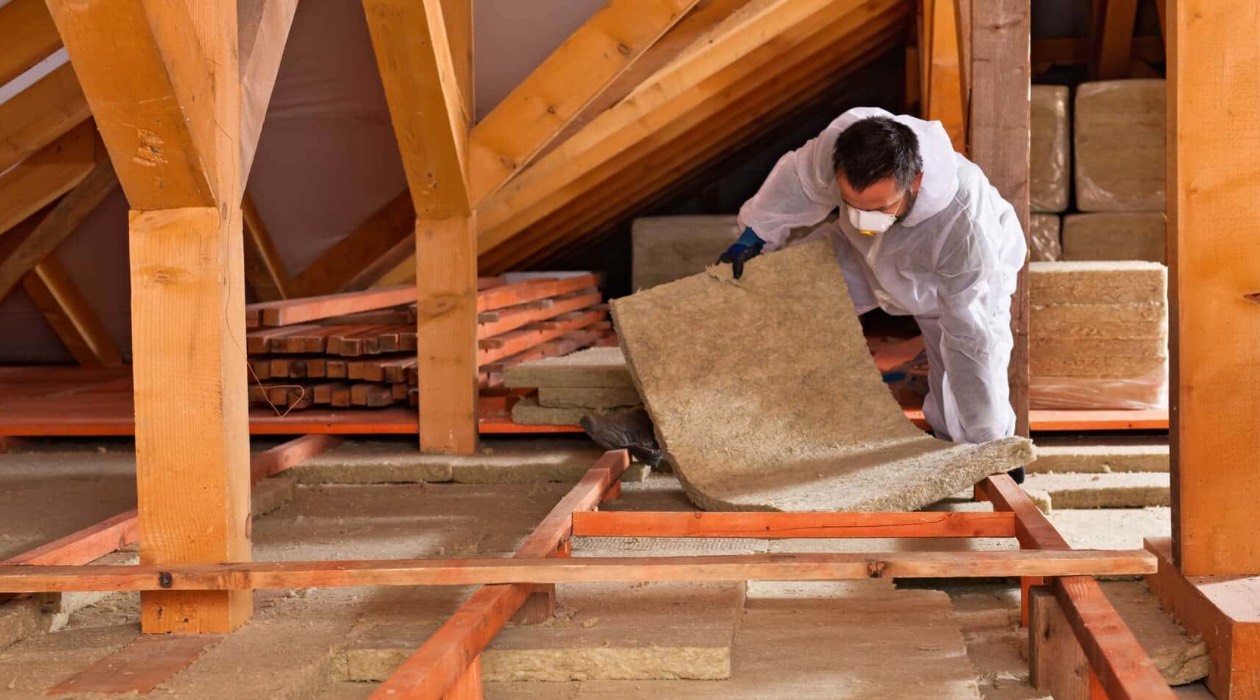


0 thoughts on “How Often Should You Paint Your Interior Walls”